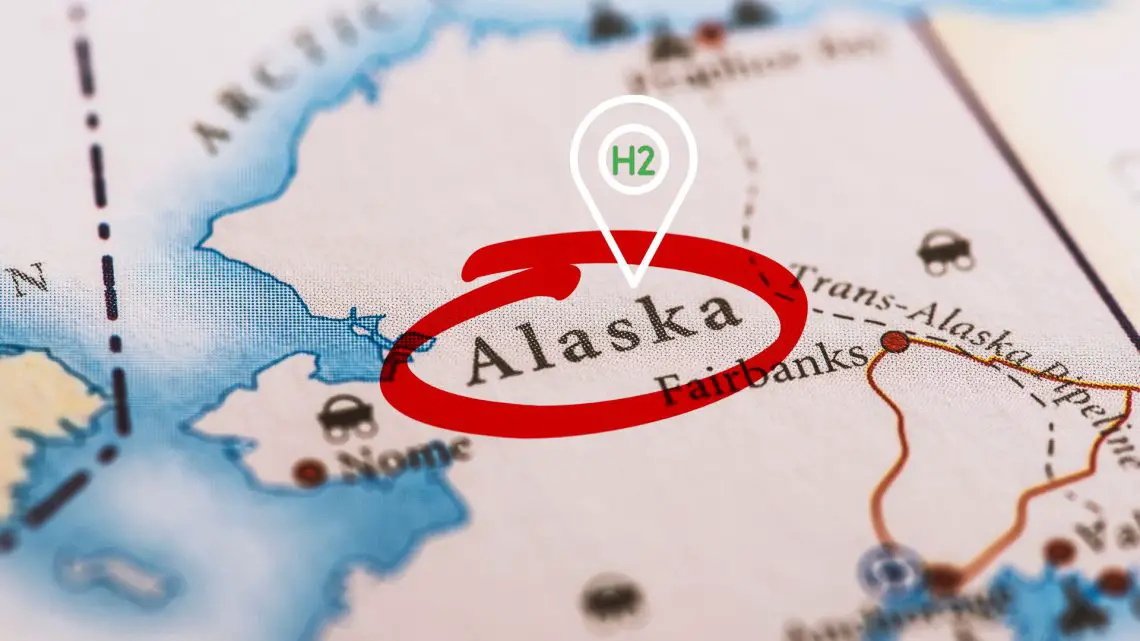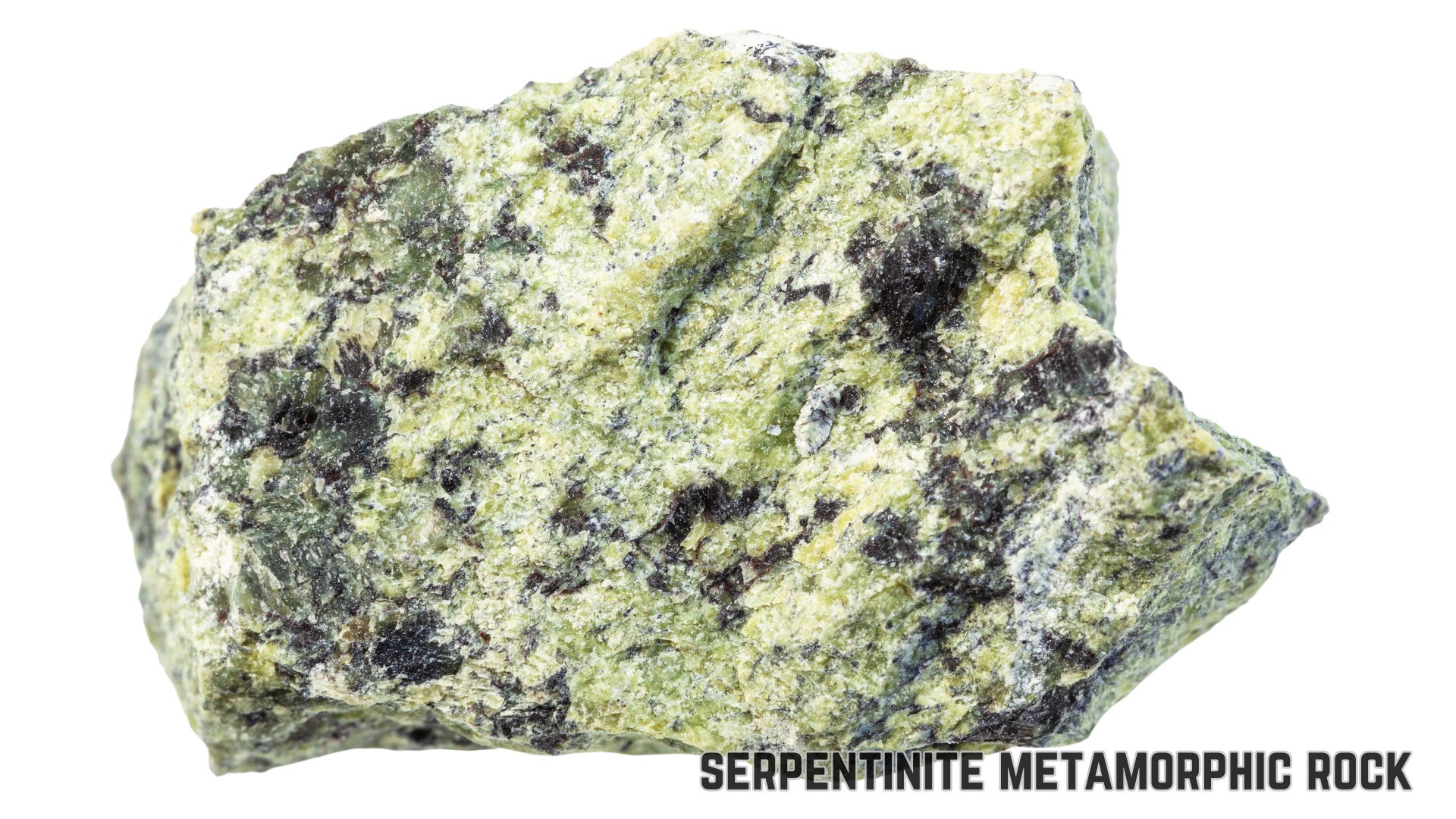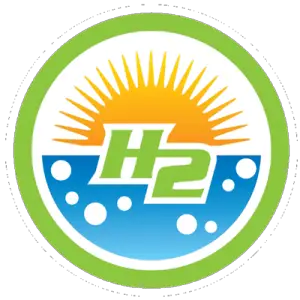
Could Alaska become a natural hydrogen fuel superpower?
October 17, 2024Naturally occurring H2 underground in the state could prove highly promising
Though Alaska, like Texas, has traditionally been known for participating in the oil industry, the northern state, again, like Texas, is taking a close look at natural hydrogen fuel that may be found in quantity under the ground’s surface.
This form of H2 may be readily available instead of having to be produced
Alaska has started exploring for clean natural hydrogen fuel deposits underground so that it can be sourced without having to produce it.
Mark Myers, a geologist from Alaska, is hopeful that adequate discoveries could establish a new energy industry for the state. Myers began his H2-focused efforts in earnest when a well was drilled in Mali, Africa, that would provide adequate H2 supply for a power plant that would fuel a local village.
In Alaska, Myers hopes that similar finds in the serpentinite metamorphic rock under Alaska’s surface would provide subduction zones where one of Earth’s tectonic plates slide under another, potentially creating and trapping H2.
These caches of natural hydrogen fuel could provide substantial energy potential
“Do we have those source rocks?” asked Myers. “The answer is all over the place. But the big question is how much of this hydrogen gets created—and preserved. We don’t know.”
Climate change and the role played by fossil fuel has been driving Myers’ efforts to discover H2 reservoirs and open new clean energy markets in Alaska. Myers believes that it is highly important to transition out of coal, oil and gas use in the battle against climate change.
“How is Alaska going to make the energy transition?” he asked. “What is it going to look like in the post-fossil fuel world?”
A dramatic change from oil to H2
Myers’ attitude is a stark directional change from the focus of the majority of his professional life until now, as he worked in the oil industry and state government in Alaska for more than forty years. Among his roles has included the head of the Oil and Gas Division, as well as time as the commissioner of the Department of Natural Resources.
Under the George W. Bush administration, Myers led the US Geological Survey, and he has since been the vice chancellor of research at the University of Alaska Fairbanks.
He is currently the US Arctic Research Commission presidential appointee, and according to Myers, he has placed his focus on H2 – including natural hydrogen – as a source of energy that could be used for clean electricity generation to support the power industry and to produce transportation fuels.
Natural hydrogen versus green H2
Until now, the majority of the research into clean H2 has been primarily focused on green hydrogen. This is the form of H2 that is made using methods powered by renewable energy. Primarily, those methods involve water electrolysis.
Among the reasons that there hasn’t been a massive focus on white hydrogen until now (the color-coded term for naturally occurring H2), is that it was believed that reserves in adequate quantities simply didn’t exist. It wasn’t until the last few years that it started to appear possible that there were deposits of any realistically usable size under the surface of the Earth in places where they could be both found and accessed.
Natural hydrogen started in Mali
The first major subsurface natural hydrogen deposit was discovered in 1987 in Mali by well drillers who were seeking water. That said, at that time, it appeared to be something that was likely an isolated incident and would be nearly impossible to seek out in other areas worldwide.
More wells providing white H2 have been fond since 2012, most of which were discovered accidentally while undertaking other actions.
However, new technologies are making it possible to identify promising potential locations of deposits in far more places around the world. A US Geological Survey developed a model indicating that considerable reservoirs may be located underground in places around the world, including Alaska.



 With over 15 years of reporting hydrogen news, we are your premier source for the latest updates and insights in hydrogen and renewable energy.
With over 15 years of reporting hydrogen news, we are your premier source for the latest updates and insights in hydrogen and renewable energy.
Personal prediction. From my readings over the past year or so White/gold hydrogen will make solar and wind powered energy obsolete in less than ten years.
Serpentinite rock is fournd in subduction zone along the tectonic plates and aquafatic serpentination seems to happen in regions often located 2000 meters deep. That is NOT quite like Jed Clampett shooting the ground while hunting and “And up through the ground come a bubbling crude (Oil that is, black gold, Texas tea)”. Plug (www.plugpower.com) has several plants manufacturing green (liquid) hydrogen at the rates of 15-25 tons per day with more to be coming on-line in 2025. That is MANY tanker truck loads per day from each facility that supports customers that are hungry for hydrogen to dispense to fuel cell powered vehicles (fork lifts to class 6 and class 8 trucks) across a network of dozens of states and hundreds of large wharehouses that are using fleets of fork lifts.
I am having difficulty imagining the volume of hydrogen that can be (effeciently) extracted from the very deep reserves of serpentinite rock in specific regions of the planet and how that gaseous hydrogen is transported to facilities to be filtered, cleaned, compressed into usable, distributable fuel for powering (nearby) communities.
I agree that very little is known or can be estimated about the long term storage of White Hydrogen in natural, sealed reservoir structures close to tectonically created serpentinite rocks. But what a prize if we can sort something out. I spent years looking at Atlantic Margin traps for conventional oil and gas, and remember seeing many seismic indications of gas at all sorts of depths, of bright spots and even weak AVO that didn’t work out as HC’s. Is it possible that we may have already drilled H2 traps and wrongly written them off because all of our expectations were for HC’s? what would the pressurized H2 seismic response look like? zero offset amplitudes, AVO, inversion to VP , VS and PR? has anyone done the rock physics?